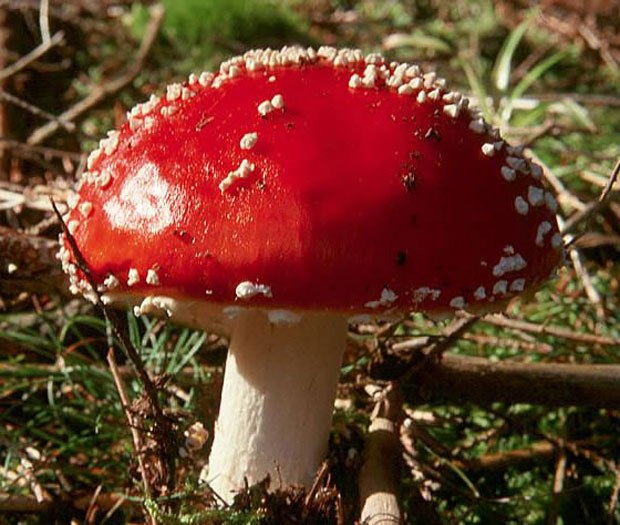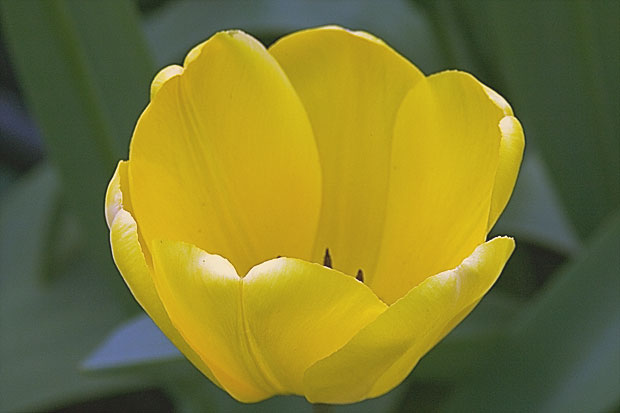Sam Hamill’s Translator’s Introduction and Afterword alone would be worth the price of Matsuo Basho’s Narrow Road to the Interior: and Other Writings. On one level, it provides an excellent introduction to Basho’s journal Narrow Road to the Interior:
Narrow Road to the Interior is much, much more than a poetic travel journal. Its form, haibun, combines short prose passages with haiku. But the heart and mind of this little book, its kokoro, cannot be found simply by defining form. Basho completely redefined haiku and transformed haibun. These accomplishments grew out of arduous studies in poetry, Buddhism, history, Taoism, Confucianism, Shintoism, and some very important Zen training.
and
His journey is a pilgrimage; it is a journey into the interior of the self as much as a travelogue, a vision quest that concludes in insight. But there is no conclusion. The journey itself is home. The means is the end, just as it is the beginning. Each step is the first step, each step the last.
These insights not only make the travel journals easier to understand but provide a greater appreciation of their literary importance.
On another level, it provides an excellent introduction, at least for a relative newcomer like myself, to Basho’s entire works and to Japanese literary traditions in general. It shows how Basho was influenced by earlier traditions:
From Saigyo, the poet learned the importance of “being at one with nature,” and the relative unimportance of mere personality. Such an attitude creates the Zen broth in which his poetry is steeped. Dreaming of the full moon as it rises over boats at Shiogama Beach, Basho is not looking outside himself-rather he is seeking that which is most clearly meaningful within, and locating the “meaning” within the context of juxtaposed images that are interpenetrating and interdependent.
Hamill’s extended discussion of mono-no-aware helped to flesh out an earlier discussion I had with Jonathon Delacour and Shelley Powers about mono-no-aware:
Insight permits him to perceive a natural poignancy in the beauty of temporal things” mono-no-aware ” and cultivate its expression into great art. Aware originally meant simply emotion initiated by engagement of the senses. In its own way, this phrase is Japan’s equivalent of William Carlos Williams’s dictum, “No ideas but in things.”
“
As a more purely critical term in later centuries, aware identified a particular quality of elegant sadness, a poignant awareness of temporality, a quality found in abundance, for instance, in the poetry of Issa and in this century in the novels of Kawabata Yasunari. Middle-aged and in declining health, Basho found plenty of resonance in temporal life, much of it clarified through his deep study of the classics.
But Hamill also introduced me to concepts I had never encountered before, concepts that should also help me to better understand other haiku poets I will be reading shortly:
Basho believed literature provided an alternative set of values, which he called fuga-no-michi, the “Way of Elegance.” He claimed that his life was stitched together “by the single thread of art” which permitted him to follow ‘no religious law” and no popular customs.
At the same time, this made me wonder how fuga-no-michi compares to Western theories of art like those of Pound or Stevens.
Hamill’s discussion of Basho’s sabishi perhaps explains why haiku poets often seem so “modern” when compared to English or American poets of the same time period:
Despite his ability to attract students, he seems to have spent much of his time in a state of perpetual despondency, loneliness everywhere crowding in on him. No doubt this state of mind was compounded by chronically poor health, but Basho was also engaging true sabishi a spiritual loneliness that served haikai culture in much the same way mu or “nothingness” served Zen.
Personally, though, I think I’m much more drawn to Basho’s idea of “elegant simplicity:”
After flirting with dense Chinese diction, Basho was turning toward wabi, an elegant simplicity tinged with sabi, an undertone of “aloneness.” Sabi comes from the purer “loneliness” of sabishisa. It was an idea that fit perfectly with his notion of fuga-no-michi, the Way of Elegance, together with his rejection of bourgeois values. Elegant simplicity. His idea of sabi has about it elements of yugen and plenty of kokoro.
which, in turn, leads to a simple, direct writing style that becomes nearly invisible:
It was during this stay in Ueno that he first began to advocate the poetic principle of karumi “lightness,” urging his followers to “seek beauty in plain, simple, artless language” by observing ordinary things very closely. Karumi together with existential Zen loneliness (sabi) and elegantly understated, unpretentious natural beauty (shibumi) characterizes his final work.
This “simplicity,” which is anything but simple to attain, almost brings my latest poetic excursion, which began with Emily Dickinson, full circle. I think it is this “simplicity” that I most admired in her poetry, a simplicity, combined with a spiritual longing, that sets her poetry apart from the transcendentalists she resembled in so many other ways.



